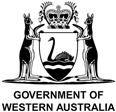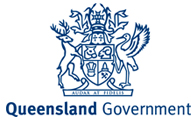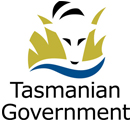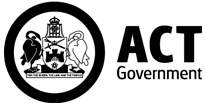Toxicant default guideline values for aquatic ecosystems — technical briefs
Technical briefs for the toxicant default guideline values (DGVs) provide additional details on the guideline value derivations, including information on toxicant use and sources, toxicity and factors affecting toxicity. Two types of technical briefs are provided, depending on when the toxicant DGV was published (2000 or 2018 onwards).
DGVs published in the ANZECC & ARMCANZ (2000) guidelines
Section 8.3.7 of the ANZECC & ARMCANZ (2000) guidelines included a short discussion of the DGV derivation for each toxicant, including factors affecting toxicity and bioavailability, and a section on aquatic toxicology. Freshwater and marine water guideline values were covered, with toxicity data summarised in the text and the DGVs stated.
For toxicant DGVs that have not been updated since 2000, we have reproduced the original descriptions as individual technical briefs, with minor updating. It should be noted that the guideline value reliability classifications reported in these technical briefs has not been updated to align with the revised reliability classification of Warne et al. (2018 or 2025). However, updated reliability classifications for these DGVs are provided in the toxicant DGVs search tool.
The data used for these DGVs were available in a database, with two separate reports providing (i) the Burrlioz 2.0 plots for each toxicant (where derivations were based on a species sensitivity distribution (SSD)), and (ii) the toxicity values used to derive the DGVs. These two reports have been incorporated into the Water Quality Guidelines website.
New and revised DGVs published since 2018
For toxicant DGVs that have been derived or revised since the ANZECC & ARMCANZ (2000) guidelines, we have produced individual technical briefs.
Each technical brief details the chemistry and ecotoxicity of the toxicant, followed by a comprehensive tabulation of all the toxicity data considered in the guideline value derivation and evidence that the data used passed the necessary quality assurance checks (refer to Warne et al. 2018 or 2025). Burrlioz 2.0 or (shiny)ssdtools SSD plots are included, as are details of toxicity testing data, including physicochemistry of the test media, such as pH, temperature and hardness. Full references to all data sources are provided in each technical brief.
Transition from use of Burrlioz 2.0 to (shiny)ssdtools for deriving DGVs
In 2025, the software package (shiny)ssdtools replaced Burrlioz 2.0 as the approved software for deriving DGVs. However, published DGVs that were derived using Burrlioz remain valid and in place for use as ANZG DGVs.
List of toxicants
Download new or revised toxicant DGVs and current toxicant DGVs from the ANZECC & ARMCANZ (2000) guidelines.
See also:
Anilines
Aromatic hydrocarbons, including PAHs and nitrobenzenes
Carbamate pesticides
Chlorinated alkanes
Chlorinated aromatic hydrocarbons
Chlorophenols
Generic groups of chemicals
Herbicides and fungicides
Insect growth regulators
Metals and metalloids
Miscellaneous industrial organic chemicals
Nitrophenols
Non-metallic inorganics
Organic alcohols
Organic sulfur compounds
Organochlorine pesticides
Organophosphorus pesticides
Per-and poly-fluoroalkyl substances
Phenols and xylenols
Phthalate esters
Pyrazole insecticides
Pyrethroids
See also:









